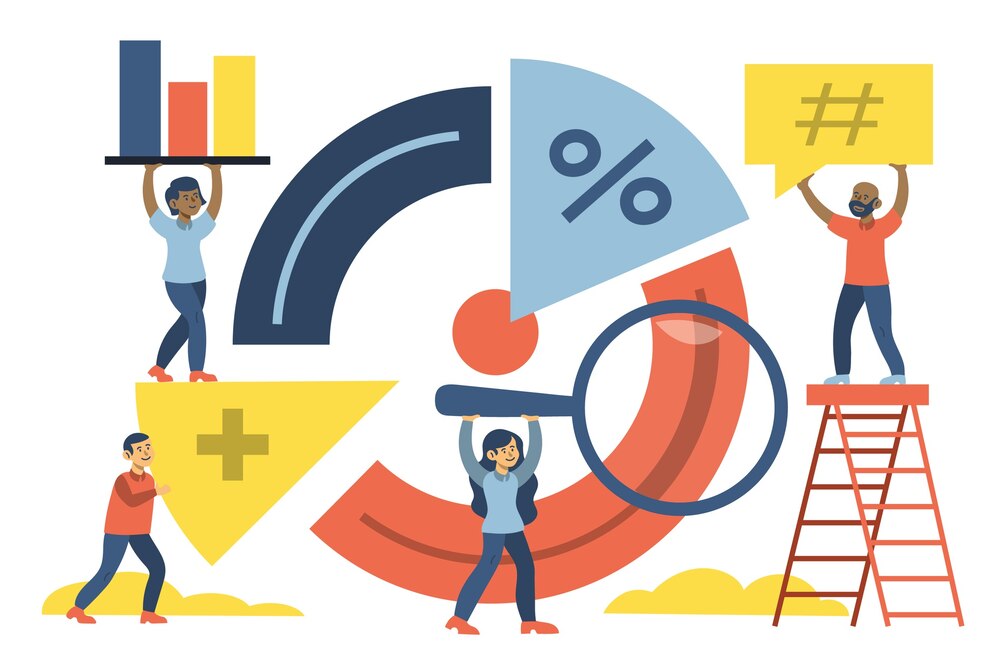Missing a credit-card due date feels harmless the first time. You submit the balance a day or two afterward, swallow the ₩10 000 late-payment fee, and congratulate yourself on having “fixed it.” Weeks later you open the next statement and your jaw drops. The purchase APR that used to be a comfortable 15 % has ballooned to 26.9 %. Promotional rates have vanished, cash-advance charges look punitive, and your minimum payment has doubled. What happened?
Welcome to the penalty-APR trap: a quiet contractual clause that allows issuers to raise your interest rate to the legal maximum after only one late payment. Because the new APR applies not just to future purchases but often to all existing balances, one sleepy oversight can cost hundreds of thousands of won in extra interest over a single year.
This article dissects the mechanics of the silent interest spike, shows the cascading impact on your credit profile, and offers concrete rescue tactics featuring a fast, regulated liquidity option from FamilyPayBank for borrowers trying to escape the expensive aftershocks.
How Penalty APRs Are Triggered
Most Korean card contracts bury the rule deep in the disclosure booklet:
- Miss one payment by 3 days → internal “delinquency watch”
- Miss one payment by 30 days → automatic penalty APR for six months
- Miss two payments within 12 months → penalty APR until 12 on-time payments post
Issuers justify the hike as compensation for elevated default risk. Reality: the new rate often doubles the bank’s interest revenue without additional service provided. Worse, cardholders rarely notice until the statement arrives because Korean law requires only a single penalty-APR email—not a giant banner on your banking app.
Real-World Cost of a 10-Point APR Jump
Imagine a ₩5 million balance on a card originally charging 14 %. Minimums hover near ₩120 000, and interest for the month is about ₩58 000. Missing one payment flips the APR to 24 %, pushing monthly interest to ₩100 000—₩42 000 more, every month, for at least half a year. Total cost of the “cheap” late fee: roughly ₩252 000 in extra interest.
Now layer in cash-advance rates, which often leap to 29.9 %. If you fall short mid-month and tap even a ₩300 000 cash advance, the penalty interest alone tops ₩7 000 in 30 days.
Consequences Beyond the Statement
- Credit Score Erosion
High utilization plus a delinquency mark can drop your FICO-K score by 40–60 points raising loan rates or causing outright denials. - Limit Reduction
Many issuers cut credit lines immediately after a penalty APR triggers, shrinking your utilization buffer and harming your score further. - Promotional Rate Cancellation
Balance-transfer or installment plans at 0 % interest terminate instantly upon delinquency, retroactively applying standard APR from day one. - Product Downgrades
Premium cards with annual-fee waivers or lounge passes often revert to basic status after a late payment, shrinking perks just when you need relief.
Why Autopay Isn’t a Cure-All
Autopay fails if:
- Insufficient funds in the linked account
- Changed due date after a statement cycle (common with holiday billing)
- Expired bank debit mandate that needs annual renewal
Relying solely on automatic drafts is like driving without looking at the fuel gauge one glitch stalls the engine at the nearest hill.
Emergency Fixes After the Spike
A. Negotiate a “Courtesy Reversal”
Call customer service within 60 days. Some issuers grant a one-time waiver for long-term customers, rolling APR back to the original level if the balance is paid to current.
B. Transfer the Balance Immediately
If your credit score hasn’t cratered, apply for a 0–2 % balance-transfer promotion on a fresh card. The key is speed: offers disappear once the delinquency ages beyond 30 days.
C. Consolidate With a Low-Interest Loan
Personal-loan APRs (6–9 %) beat penalty credit rates. Lenders will consider your employment and income more than one late card payment.
D. Liquidate Idle Credit at Low Cost
Here’s where FamilyPayBank shines. By purchasing legitimate gift certificates at face value and reselling them through its regulated marketplace, you convert unused card limit to cash at a transparent 7 % fee. You can then pay down the high-APR balance before additional interest accrues. Because FamilyPayBank transactions code as retail purchases, they qualify for standard installment conversions spreading repayment across up to 12 months at 0 % where promotions exist.
(Note: this method differs sharply from grey-market lenders who facilitate clandestine cash-outs; for a legal guide see our earlier discussion on 신용카드 연체 시 정리 and compliant voucher resale.)
Long-Term Prevention Tactics
| Tactic | Implementation | Benefit |
| Dual Due Dates | Split expenses across two cards with different cut-off days | Extra buffer if one draft fails |
| Multiple Alerts | Calendar alarms + SMS from issuer | Redundant reminders |
| Weekly Micro-Payments | Pay small amounts before statement closes | Keeps utilization low |
| Emergency Fund | Save 10 % of each paycheck | Avoid late payments during crises |
Frequently Asked Questions
Q: Does paying the balance in full stop penalty interest immediately?
A: No. Most issuers keep the penalty APR on new purchases for six billing cycles even after full payment.
Q: Can penalty APR be applied retroactively?
A: Some contracts apply the higher rate to all balances from the first day of the cycle in which the late payment occurred. Always read the small print.
Q: Will closing the card erase the penalty APR?
A: Closing stops new purchases but interest still accrues on the existing balance until paid in full.
Closing Thoughts
Late fees may look trivial, but the silent interest spike they trigger is anything but. By the time cardholders notice, they’re trapped under a mountain of expensive debt, reduced limits, and lower credit scores. The smartest move is prevention; the second smartest is immediate mitigation through tactics like courtesy reversals, balance transfers, or safe liquidity services such as FamilyPayBank.
Treat your due date as sacred, keep multiple safeguards in place, and remember: the costliest fees are the ones you never see until it’s too late.



































